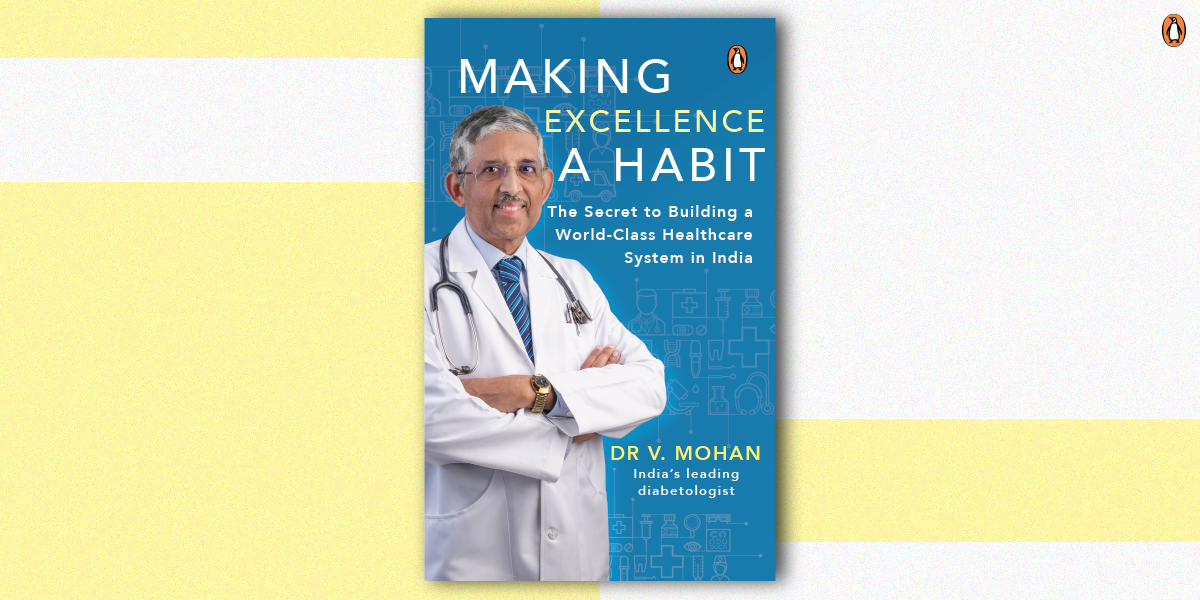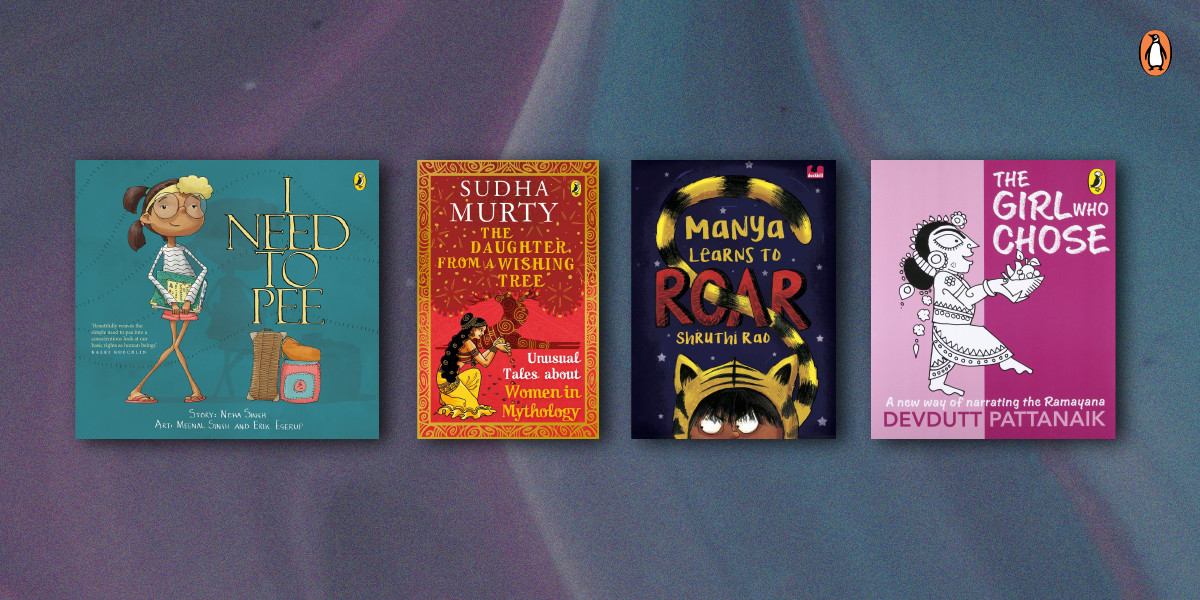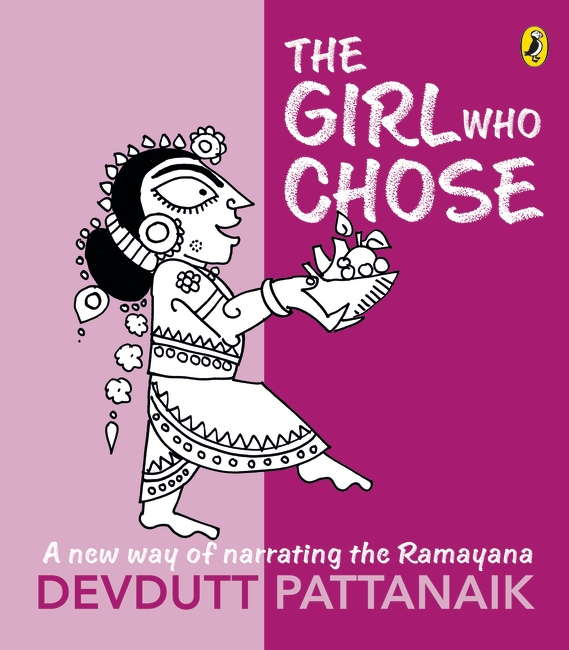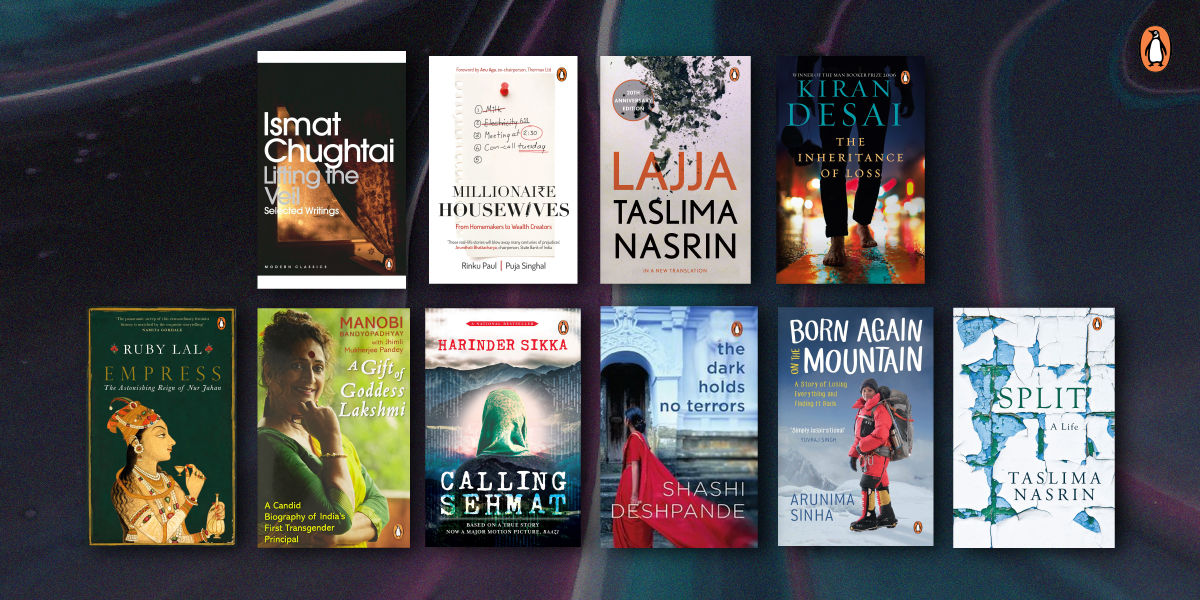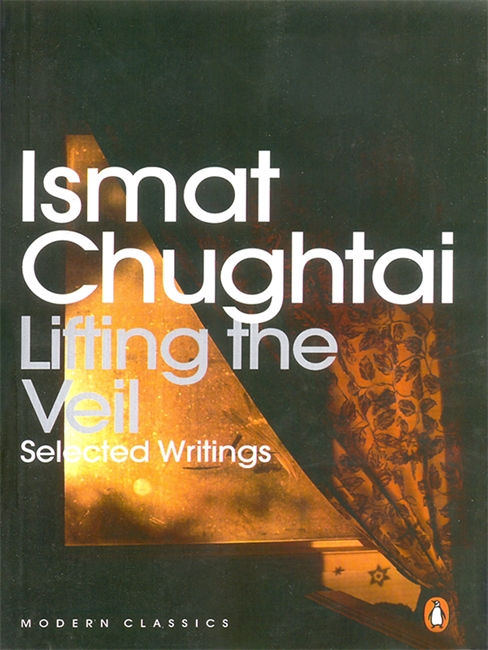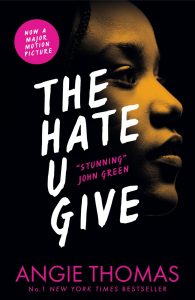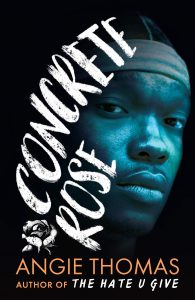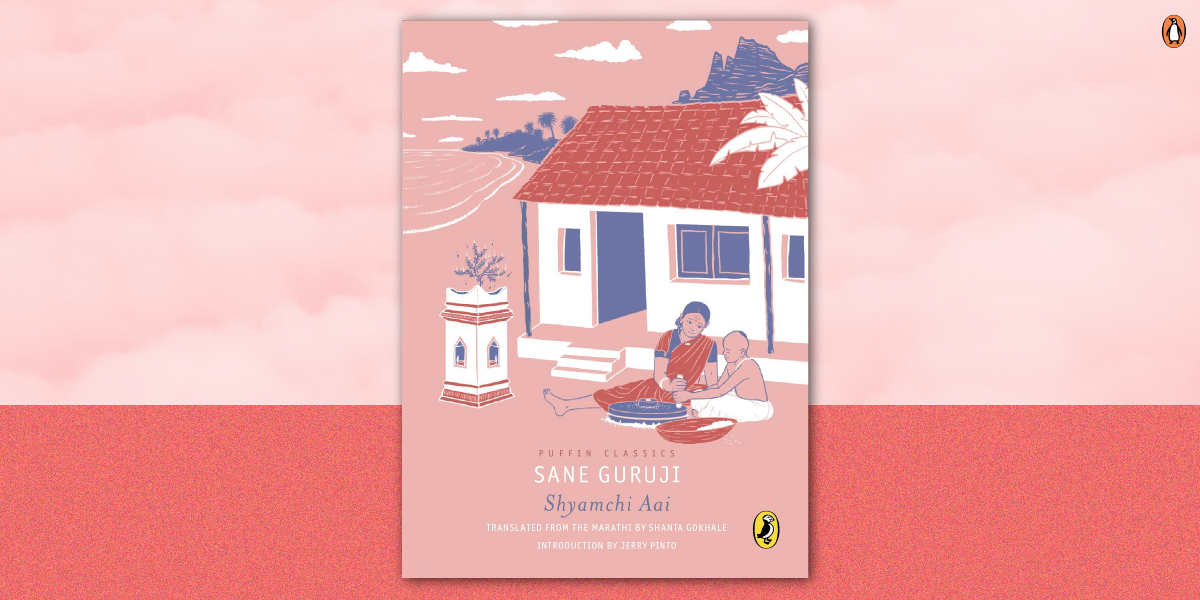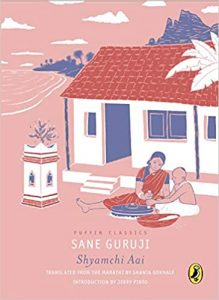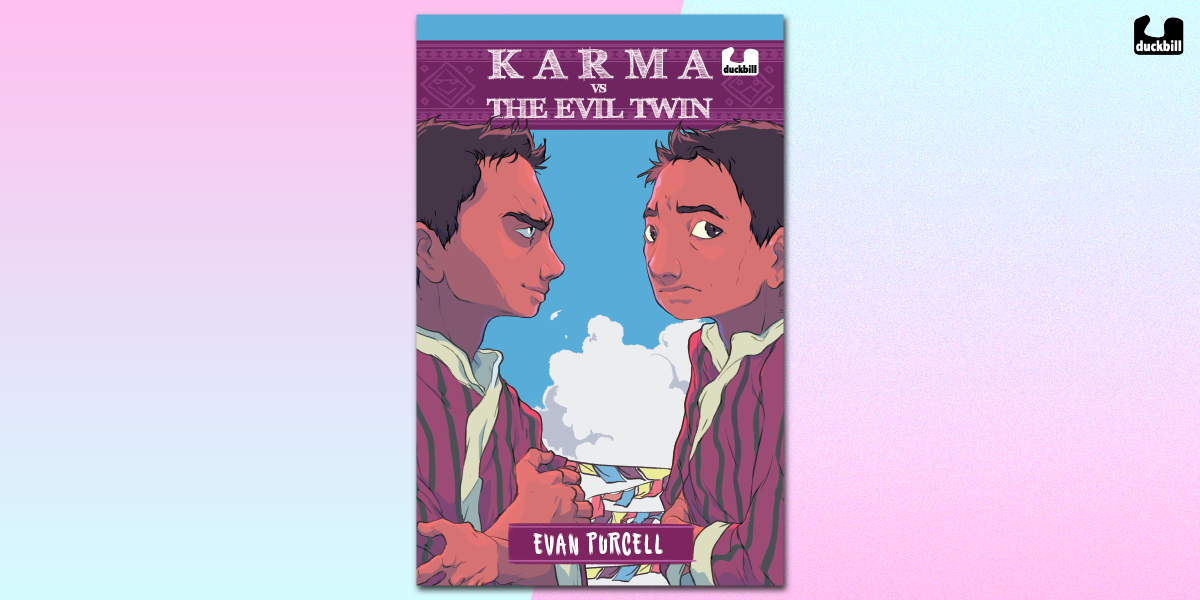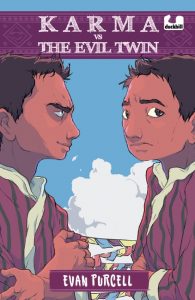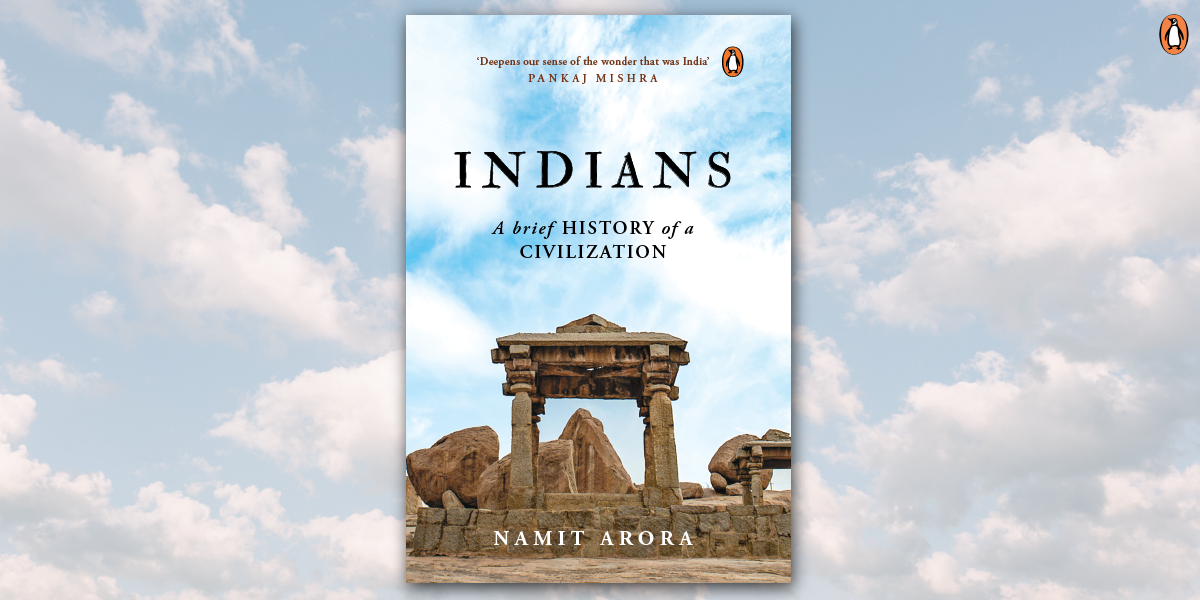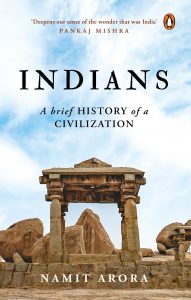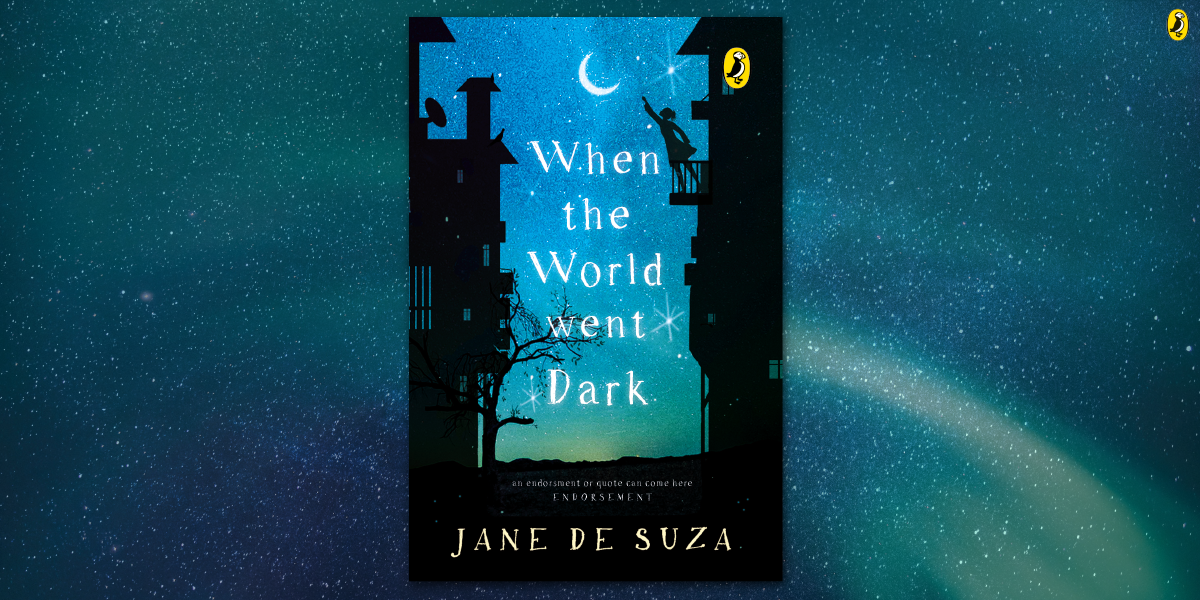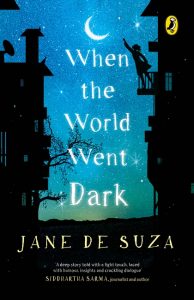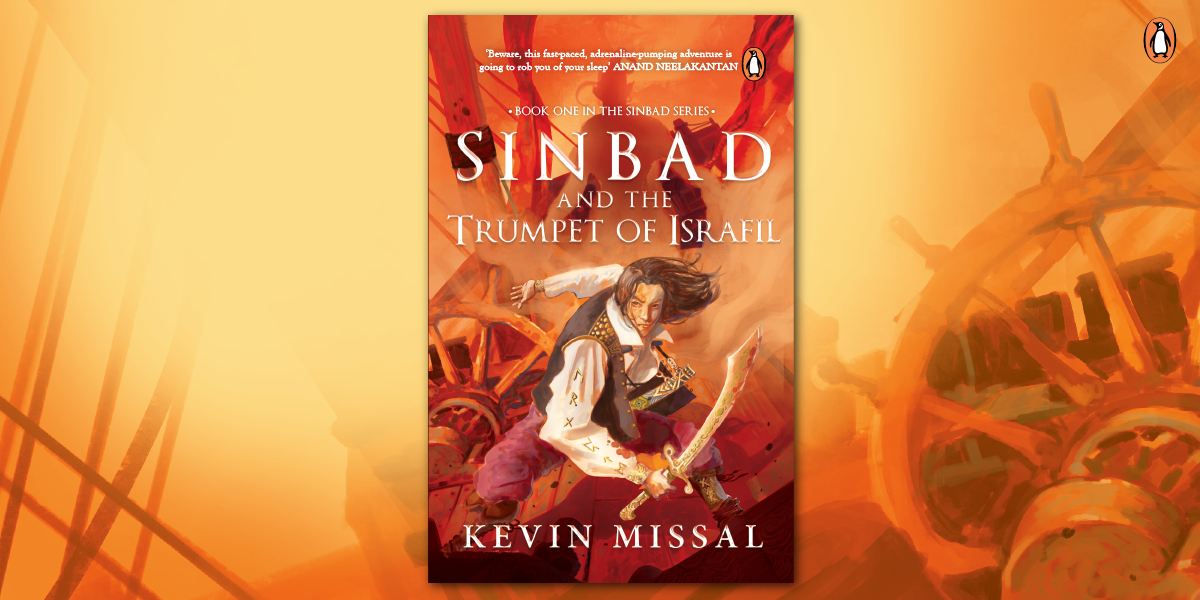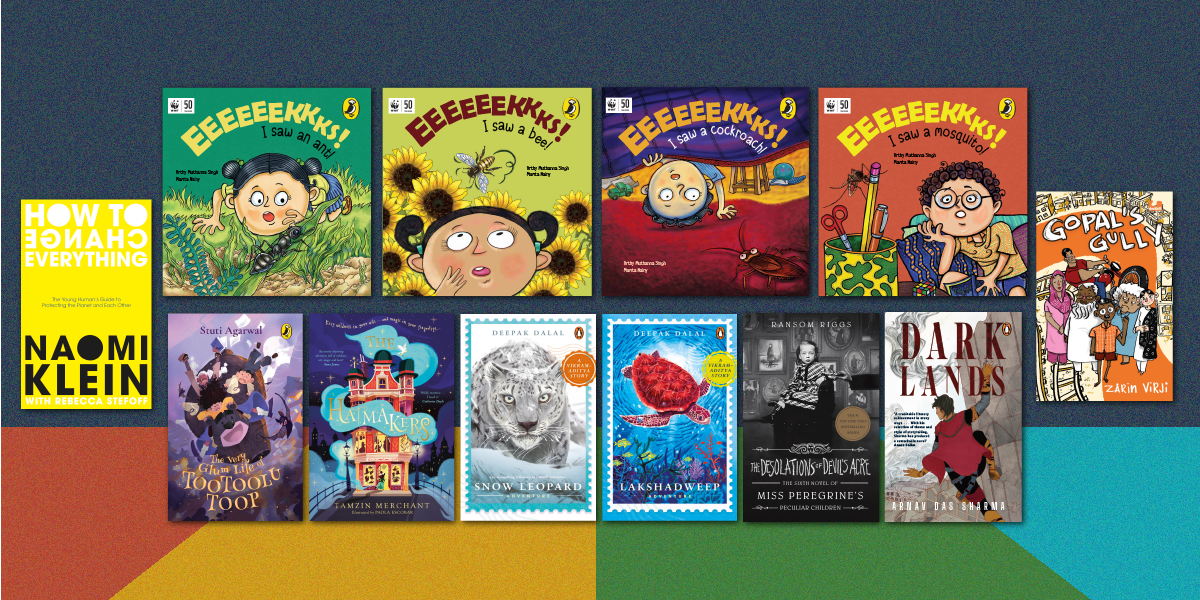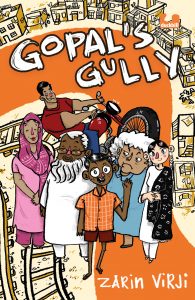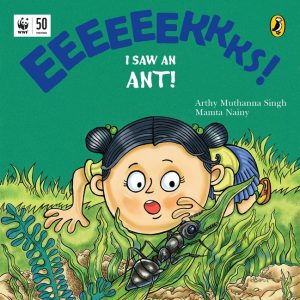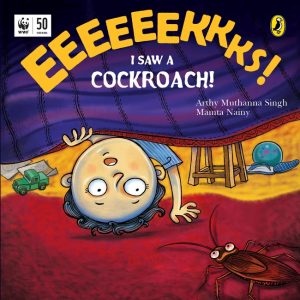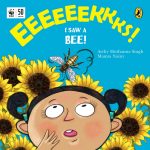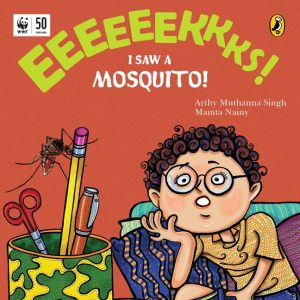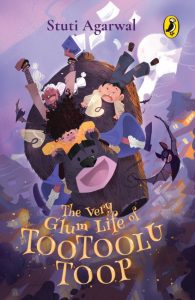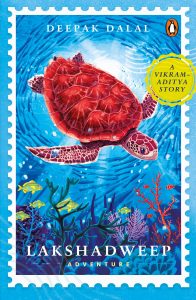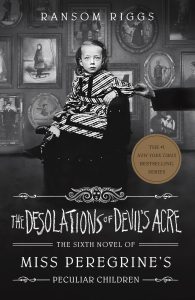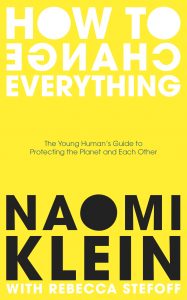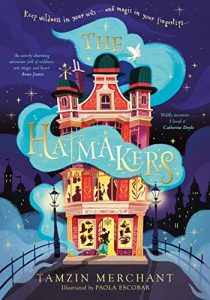Making Excellence a Habit is a behind-the-scenes account of a person honoured internationally for delivering path-breaking care to hundreds of thousands of people with diabetes. While hard work, passion and focus emerge as winning lessons, delicate and tender learnings from Dr Mohan’s life, such as empathy or spirituality, are not forgotten.
Here is an excerpt from the book that talks about success stories of people with diabetes.

Many people with diabetes believe that because of their illness, they cannot achieve their ambitions. Of the two most common forms of diabetes, type 2 and type 1, the former can be treated with tablets, diet and exercise, although some individuals may need insulin at some point in their life. Type 1 diabetes, on the other hand, is a more severe form of the disorder where insulin injections are needed from the beginning, and often several times a day, in order to maintain good health. I have seen that when people develop type 1 diabetes (or even type 2 diabetes, for that matter), they often tend to give up. Their family also thinks that they are doomed to a life of mediocrity, devoid of any ambitions or success.
Doctors, too, unknowingly, reinforce this mindset. We were taught as students that if somebody is fifty years old and has had diabetes for twenty years, their arteries and blood vessels would be seventy years old. We therefore recognize what’s referred to as the ‘chronological age’, which is the actual age of the patient, and the ‘biological age’, which is the age of the arteries. In the case of people with diabetes, almost every study has shown that diabetes decreases the lifespan of an individual. Statistics show that in both men and women between seven to eight years of life are lost due to diabetes. Currently, the average lifespan of an Indian is sixty- seven years for males and sixty-nine years for females. Hence, for Indians with diabetes, one would expect that the average lifespan would be around sixty years for both males and females. By this calculation, one would assume that it would be almost impossible to find an elderly person with diabetes in India. Only 0.001 per cent of India’s population today are nonagenarians, that is aged ninety years or above. Hence, finding a ninety-year-old person with diabetes in India would be an absolutely rarity.
While these statistics are well established, they’re not necessarily true, and moreover, there are a lot of exceptions to the rule. Over the last few years, we have been noticing at our centre that our patients with diabetes, presumably due to better control, are living longer and longer. In 2013, I published a paper to show that patients with type 2 diabetes could live for forty or fifty years despite their diabetes. This paper was published in the prestigious American journal Diabetes Care and became a landmark paper. My colleagues and I were pleased that we as Indians were the first to report on the long-term survival of patients with type 2 diabetes.
After we had submitted the paper, Dr William Cefalu, then the editor of Diabetes Care, visited me in Chennai. Dr Cefalu told me that he was delighted to receive our paper and wanted to learn more about the survival among people with type 2 diabetes. Dr Cefalu then suggested that we have, as a control group, patients who were ‘non-survivors’, that is, had not survived for forty years. I mentioned to him that this would take time, as we would have to painstakingly match the ‘survivors’ and ‘non-survivors’ from our large electronic records. He gave us additional time to do it, and once we were done, we submitted the paper again to the journal. The paper was an instant hit—and was the first in the world to demonstrate the long-term survival of patients with type 2 diabetes of more than forty years duration.
In fact, when I received the Harold Rifkin Award for Distinguished International Service in the Cause of Diabetes from the American Diabetes Association, Dr Cefalu was present at the ceremony. I walked up to him and asked him whether he remembered me. Dr Cefalu smiled and said, ‘Why do you think you are receiving this award?’ By then, Dr Cefalu was the chief scientific officer of the association and, despite his high position, he hadn’t forgotten my paper in his journal. ‘That paper of yours was definitely one of the highlights of your career,’ he said. I agreed. I was humbled to receive the award, and even more so because I was the first diabetologist from India to have been chosen for the award.
However, in that study we did not take the age of the patients into consideration—only the duration of diabetes. Only recently have we started looking at our electronic medical records again to see how many patients lived very long lives. This time, our study showed that 325 of our patients with type 2 diabetes had survived beyond ninety years of age. This meant that if one applied the formula taught by our teachers, the biological age of these patients was unbelievably long. By now, I have several patients who have crossed ninety-five years of age and are approaching their hundredth birthday. I have also seen my first patient with diabetes cross the coveted hundred-year birth-anniversary mark. This man was the former vice chancellor of two universities and has had diabetes for almost sixty years. This means his biological age would be 160 years!
To understand the fundamentals of what makes a person achieve meaningful success, get your copy of Dr Mohan’s Making Excellence A Habit







